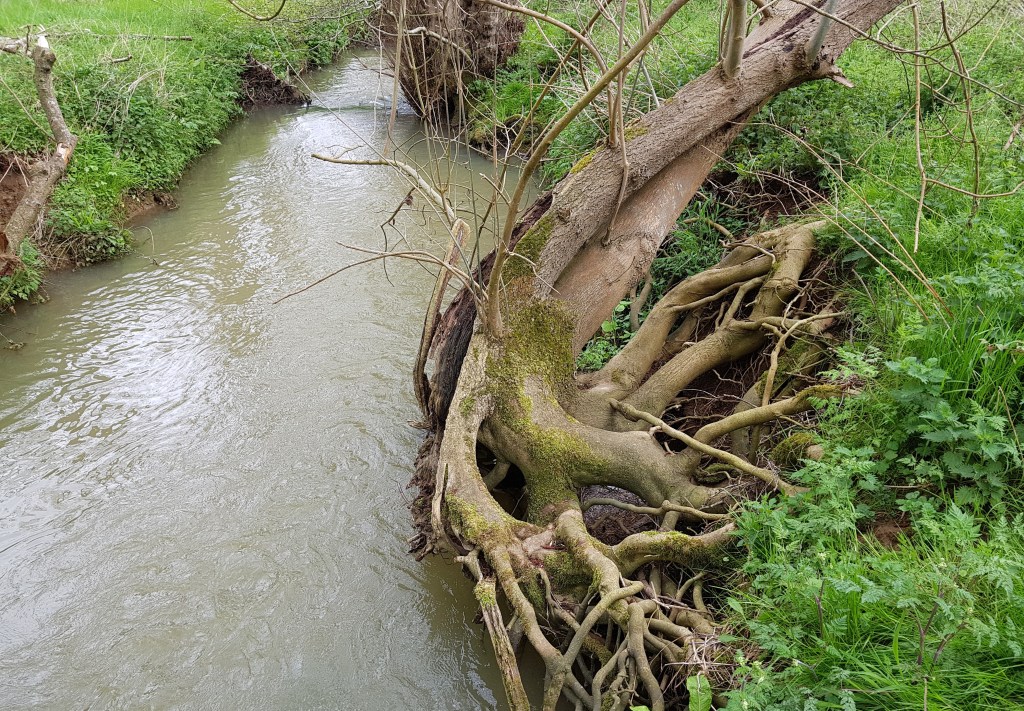The terms ‘Natural Capital’, ‘Ecosystem Services’, and ‘Nature-Based Solutions’ seem to generate one of two emotions in some people: confusion and irritation. Confusion stems from not appreciating that these are different, though closely related, concepts, as I will show below. Irritation often is the result of seeing ecosystem ‘valuation’ as a neo-liberal plot to somehow ‘sell-off nature’. I’ve discussed this irritation in the past – see this old post for instance about ‘How do we value nature?‘ – so I’m not going to dwell on it: some people see the advantage of using these concepts, others don’t. And that’s fine. But I will touch briefly on the confusion aspect because it pertains to a discussion on Twitter this morning that was stimulated by this tweet from Prof. James Bullock, in which he saw the three concepts as re-packaging on the same ideas under different (and confusing) names.
James and I have been friends for a long time, and there’s things we agree on and things we disagree on. And that’s also fine. But as I pointed out in my response to the tweet, I think that these concepts are different, and that they logically flow together. To me, Ecosystem Services are the benefits to society provided by Natural Capital. Nature-Based Solutions are strategies or schemes for targeting Natural Capital creation or enhancement (e.g. flood meadows or woodland) to provide Ecosystem Services (e.g. flood management or carbon storage).
The analogy that I used (which a few people seemed to appreciate) is that this is the difference between books, what we learn from books, and decisions on how to produce more books.
Since the publication of Pollinators & Pollination: Nature and Society, books have been on my mind a lot 🙂
As always, your comments are encouraged.


Seems straightforward to me. Your example of the flood meadows ( the action) to manage floods ( the desired outcome) sums it up nicely.
Thanks Jacky!